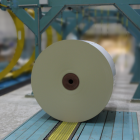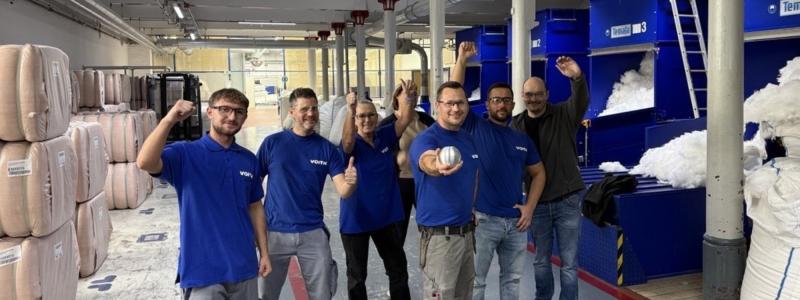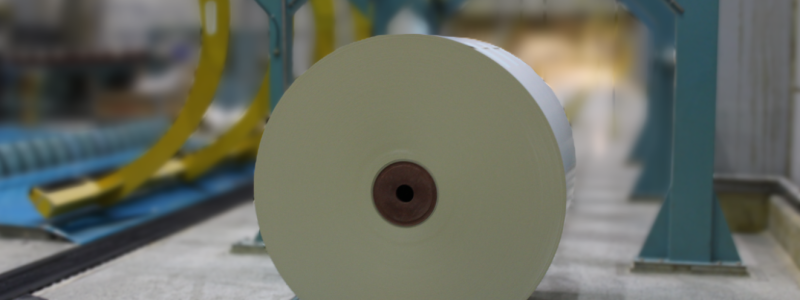Klabin is inaugurating today its Technology Center in Telêmaco Borba, Paraná. The new center completes the integration of the research and development fronts of the company’s business teams, a strategy that was adopted to incorporate a global, unified and highly complex vision. With laboratories capable of producing a wide range of forestry products and conducting simultaneous simulations of the production lines at industrial units, the center seeks to anticipate trends and to develop new technologies and sustainable applications. Its construction is part of a plan to invest R$70 million in Research, Development and Innovation (R&D+I) over three years (through 2017), which also includes the acquisition of equipment, the revamping of forestry research labs and the training and recruiting of technicians and researchers.
Klabin’s Technology Center will focus on five research fields: wood quality; development of new products and applications for pulp; development of new products and applications for packaging paper; new forestry technological routes; and the environment and sustainability. To support the center’s work, Klabin also structured a local and international network of partnerships with technology incubators, universities and prominent research centers.
“We are taking Klabin’s Research, Development and Innovation activities to an ever higher level. The new Technology Center will boast expert professionals and state-of-the-art laboratories to ensure that Klabin can accelerate its research and development and operate on the cutting edge of its industry,” said Francisco Razzolini, Technology Director at Klabin’s Pulp Unit.
The forestry and industrial R&D teams will have over 100 specialized professionals dedicated to research and innovation. The team is formed by forestry, chemical and industrial engineers specializing in the industry. Klabin also has invested heavily in training and recruiting technicians and researchers.
The five research routes of Klabin’s Technology Center
1. Wood Quality
Developing unique products starts in the forest, whose quality has a direct impact on the production process and end-product quality. The research work will focus on forest productivity and on complex analyses of wood quality.
2. Development of new products and applications: pulp
Pulp production should be approached as an integrated forest-mill process, which enables the company to achieve ever higher levels of production efficiency and effectiveness. In addition to improving the pulp’s morphological properties, the research also will focus on selecting pine and eucalyptus species for the production of specific types of pulp, optimizing processes and selecting production additives.
3. Development of new products and applications: packaging paper
The main aim is to develop new products for all of Klabin’s packaging paper lines. The research will focus on producing lower grammage products, doing more with less and incorporating special characteristics that confer superior physical properties and resistance to external factors that affect packaging, such as moisture, vapors and oil- and grease-based contaminants.
4. New technological routes based on forestry resources
Klabin’s forestry resources make it highly competitive in the domestic and international markets. This line of research, which is new at the company, aims to diversify the use of the forestry base and of wood components (i.e., pulp, lignin, hemicellulose and resins). Because it cultivates pine and eucalyptus trees, the combination of possibilities offered by these two species expands Klabin’s advantage and leverages the exploration of new technological routes and the development of new products and co-products.
5. The environment and sustainability
This line of research focuses on increasing the sustainability of Klabin’s processes and products. It seeks to reuse subproducts from the industrial process, make better use of the waste generated and reduce the consumption of inputs, such as water, energy and chemicals. Special attention will be given to the potential impact from climate change.


Emtec Electronic GmbH, a leader in innovative measurement solutions for the paper, nonwovens and textile...


China's pulp and paper sector is witnessing transformative growth with Huatai Group's announcement of its...
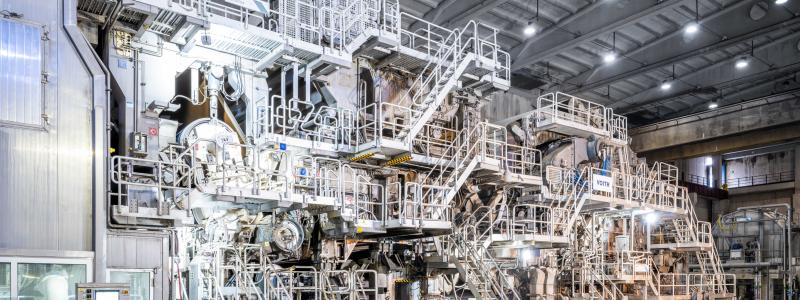

Full-line supplier Voith has supported Mondi to start up its state-of-the-art recycled containerboard paper machine...
Nfinite, an advanced materials company commercializing a breakthrough open-air roll-to-roll process for depositing ultra-thin highly...
The American Forest & Paper Association (AF&PA) has published the November 2025 Packaging Papers Monthly...

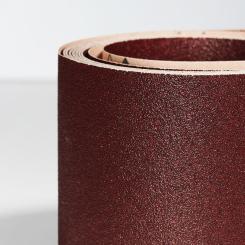
Ahlstrom, a global leader in fiber-based specialty materials, has been recognized for its strong commitment...


Toscotec announces the successful start-up of the PM5 tissue line at Saudi Paper Group’s facility...


Technology company Voith has won the German Sustainability Award for its Infinity +Green press felt...
Rayonier Advanced Materials, a global leader of cellulose-based technologies, announced that President and Chief Executive...
The Voith Group is reviewing adjustments to its organizational structures and workforce as part of...
Job listings

















